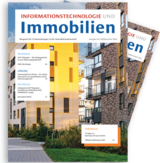Your trump card – consumption-based utility statements based on plausibility-checked consumption values

Currently, an increasing number of real-estate management companies are looking for alternatives to this type of invoicing and looking into the topic of producing statements with plausibility-checked consumption values. This article aims to highlight the various aspects of this type of invoicing.
Plausibility-checked consumption values type I and type II
Plausibility-checked consumption values are device measurement values that are checked for plausibility with regard to their correctness before being including in an invoice. If necessary, this includes an estimate of the device measurement values.
For the “Type I” category, it is assumed that in addition to the aforementioned plausibility check, a measurement value determination has already been performed for a user’s (apartment’s) settlement periods as well as, if necessary, estimates at the user settlement period level. For this purpose, the device service provider usually creates a fictional, cost-generating invoice that is based on correct tenant and property data, but does not yet take into account any real costs.
For the “type II” category, it is assumed that the device service providers provide a device measurement value for each device at semi-monthly intervals and only the individual device measurement values are plausibility checked without taking account of user settlement periods. Figure 1 shows an example of real readings from a data delivery for the “type II” category.
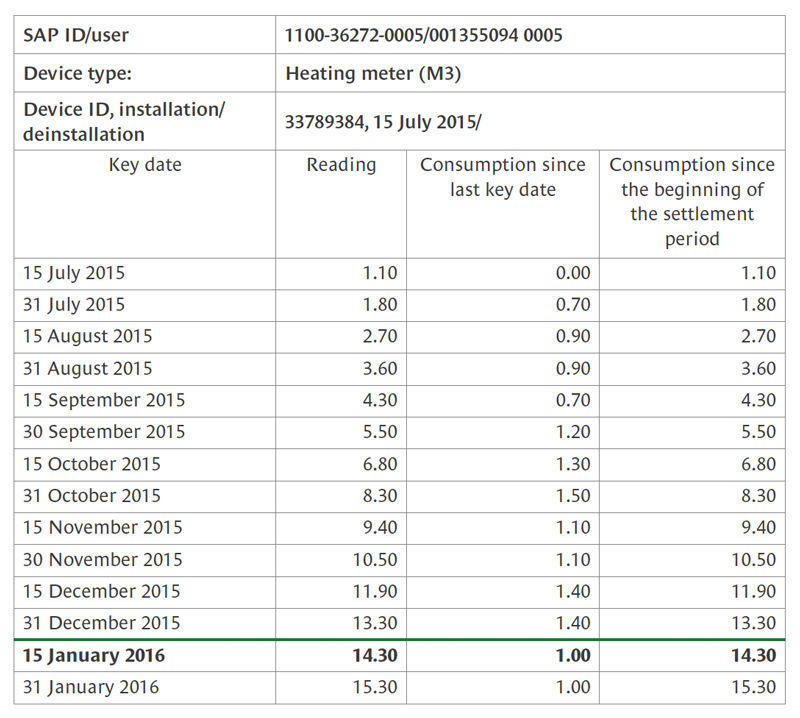
Figure 1: Device measurement values at semi-monthly intervals for the type II category.
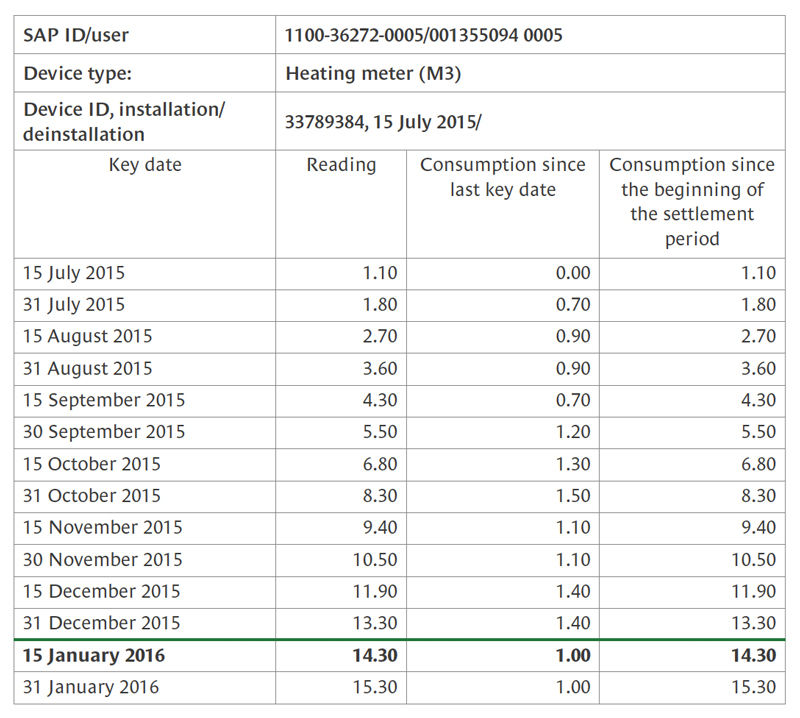 Figure 1: Device measurement values at semi-monthly intervals for the type II category. |
Separation of device management and settlement
One of the key prerequisites for creating a consumption-based invoice is meter readings for heat cost allocators, heating meters and water meters. Providing the devices and readings involves complex processes that require qualified special personnel. Today, most property managers have commissioned heating meter reading companies with performing these processes and creating the invoices, and have thus entered into a contractual relationship for at least ten years. When using modern remote reading systems, it is not possible to switch to another service provider, as these devices do not meet open standards and are provider-specific. Meanwhile, new companies are becoming established on the market that use devices based on open standards and provide their customers (i.e. the property managers) with the plausibility-checked consumption values in accordance with type II at (semi-)monthly intervals or on a daily schedule. This allows the property managers to create statements themselves or use a service provider for this. As a consequence of separating device management and settlement, realistic contract terms can be achieved and it is also possible to switch service providers. Following pressure from the market, established heating meter reading companies now also offer plausibility-checked consumption values (however, usually of type I), allowing property managers to use this method in general or until the end of their contract terms.
Flexible/complex settlement structures
In practice, in many cases complex settlement structures have to be taken into account, although invoicing of user groups should already be standard for all heating meter reading companies. This means settlement structures that are considered “complex” are those in which, for example, different energy types are invoiced jointly or in which reimbursement models based on consumption are to be used. In the future, landlords may be interested in providing tenants with charging current for electric vehicles, which are then separated into base and consumption costs and invoiced to the tenant as part of the annual statement. And this may then also have to be correlated with any state funding programmes. When selecting the settlement solution/service provider, property managers should inform themselves precisely about the opportunities provided by their preferred solution and, if they do not have in-depth invoicing experience themselves, make use of external support.
Effort for creating statements
The effort required for creating a statement or processing calculation results must be low. This can only be achieved if we start using new methods for statement creation. It is no longer necessary for property managers to procure software solutions for invoicing with all the tasks this involves. As in many other software application areas, using a cloud solution is state of the art here. Tenant / property data and cost data from SAP® are required to create an invoice. This data is then transferred to a cloud solution together with the consumption values and the statement structure for the property and the calculation results are received in the agreed format. When using PROMOS.FS services, the tasks for the property manager are reduced to posting the relevant costs for invoicing and preparing the operating costs statement in SAP®.
Value creation in invoicing
Invoicing plausibility-checked consumption values using a cloud solution shifts the value creation, which currently lies 100 percent in the hands of heating meter reading companies. Most property managers will decide to transfer device management – which involves not just providing and servicing / repairing consumption meters, but also cycle-based monitoring / reading of the device measurement values – to a service provider, who will thus also claim part of the value creation for themselves. A substantial part of the remaining value creation is in the hands of property managers, provided they take on the role of billing service provider. How can this situation be backed up with specific figures and which value-added creation approaches in the area of invoicing does the PROMOS.FS invoicing service provide for property managers?
Here, we take as a basis the analysis of 353 randomly selected properties invoiced by different heating meter reading companies. Figure 2 shows the average annual invoicing fee per user (apartment) of €44.20, which is to be borne by the property manager pro rata temporis in the event of a vacancy. Around 9,000 users were invoiced in the 353 properties, whereby the standardised vacancy rate relative to the calendar days of the settlement period is approximately 4.7 percent. Of the total invoicing fees amounting to €397,800 (9,000 users * €44.20), the property manager must bear approximately €18,696.00 due to vacancies.
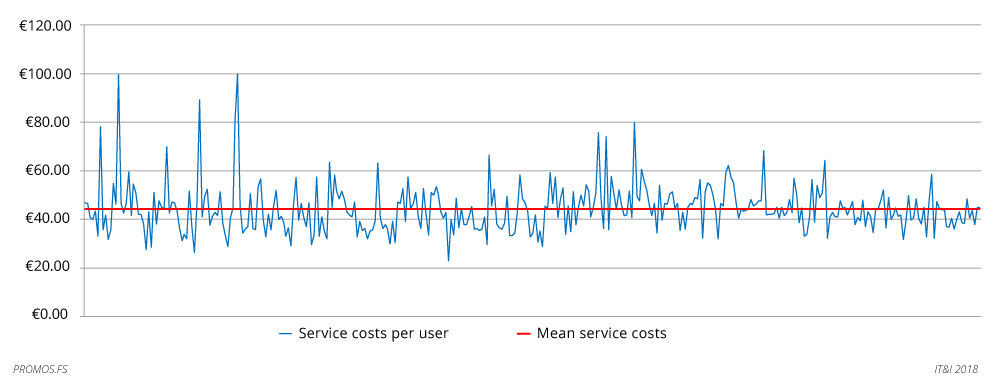
Figure 2: Invoicing fees per user and invoicing period.
 Figure 2: Invoicing fees per user and invoicing period. |
How do these figures now look when using the “invoicing of plausibility-checked consumption values” invoicing service from PROMOS.FS?
This invoicing service includes the entire provision of validated external invoicing data in SAP® up to posting, which allows the property manager’s administrator to directly create the complete operating costs statement in SAP®. The price per user (apartment) is between €6.50 and €14.50, depending on whether plausibility-checked consumption values of type I or type II are being processed. Thus, for processing in accordance with type II, the price from the above example would be reduced to €130,500.00 (9,000 users * €14.50). The vacancy rate (4.7 percent) is thus €6,133.50. PROMOS.FS grants the property manager a discount on the vacancy rate of 40 percent. For an invoice in accordance with type II, the property manager in the role of billing service provider therefore receives an invoice for an apartment per settlement period at a purchase price of €14.50. The property manager’s own invoicing services are then added to this and then distributed across the users in accordance with the legal regulations. The property manager thus has considerable scope to shape its own value creation while at the same time significantly reducing the invoicing fees per user. If the property manager uses the cloud invoicing alone without the PROMOS.FS invoicing service, the invoicing prices per user discussed above are slightly lower, although the manager’s own workload increases.
Value creation in device management
Figure 3 shows the annual device fee on average for rent and maintenance per user (apartment) of €48.97, which is also to be borne by the property manager pro rata temporis in the event of a vacancy. As discussed above, around 9,000 users were invoiced in the 353 properties, whereby the standardised vacancy rate relative to the calendar days of the settlement period is approximately 4.7 percent. Of the total device fees amounting to €440,730.00 (9,000 users * €48.97), the property manager must bear approximately €20,714.00 due to vacancies. If the property manager uses a device service provider of type II, the fee per user will be lower, with an expected reduction in costs of 25 to 50 percent. This cost reduction also provides potential for increased value creation for the property management and for cost reductions for the users.
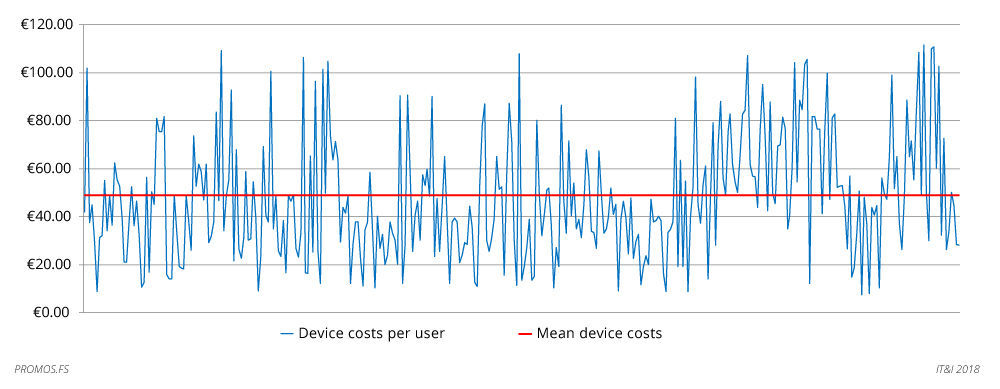
Figure 3: Device fees per user and invoicing period.
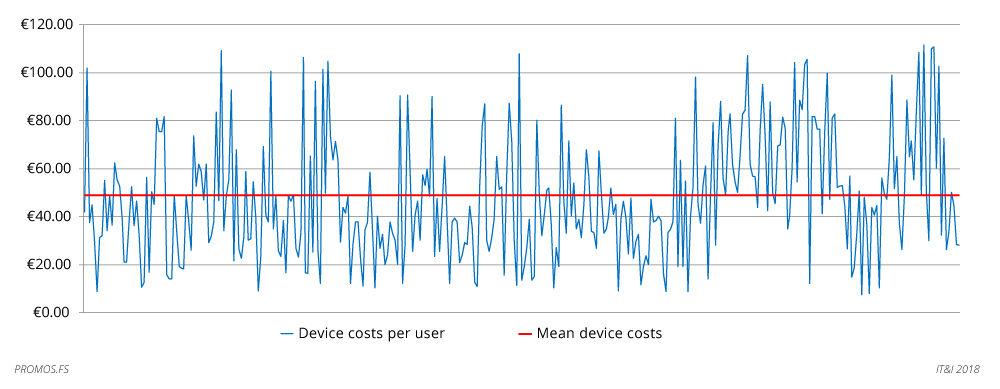 Figure 3: Device fees per user and invoicing period. |
Investment certainty and independence
Separating the device management and invoicing areas and thus making it possible to have different people be responsible for these blocks as well as using open standards results in a high level of investment certainty. Property managers can select any partners freely and independently and, if desired, perform part of the invoicing process themselves.
Integrating the invoicing results into SAP®
When selecting service partners, local service solutions or cloud invoicing solutions, property managers must pay strict attention to the option to integrate the invoicing into SAP®. The aim must be to use results sets in accordance with the ARGE standard. The modular statement letter from PROMOS consult makes this possible.
Author:

Reinhard Mengel
Managing Director
PROMOS.FS Facility Services GmbH
Other articles by this author:
- Article "Heating costs statement with PROMOS.FS – what will the future bring?"
- Article "Nobody home? No problem! Monthly billing of consumption with remote meter reading"
- Article "Output management with PROMOS.FS – dramatic reduction in workload for large and small real estate managers"
- Article "A paradigm shift in heating cost statements"
- Article "Independent invoicing of heating and water costs – what business processes are involved?"
- Article "Your trump card – consumption-based utility statements based on plausibility-checked consumption values"
